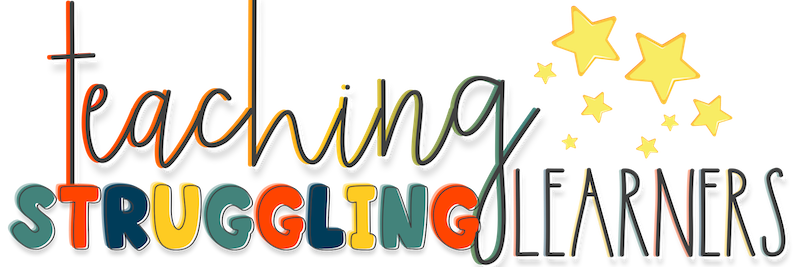Unanticipated student emotions can turn a calm day into chaos.
If you are anything like me, you can start the day with a great attitude, excited for the day, then….BAM!….Something smacks you in the face to disrupt your zen. A lot of times, it is student emotions which cause this chaos.
I don’t know about you, but that drives me absolutely CRAZY!
It really is the unexpected part that bugs me…
How about you?

Total honesty here: Disruptive behaviors are THE most frustrating part of this job.
Except standardized testing…but that’s a Joke for another post.

Story Time
I very much enjoyed teaching inclusion in Hawaii for several years. Honestly, it was one of the most amazing experiences of my career.
As a dual certified teacher, let’s be honest, I tended to get some of the more…challenging…students….behaviorally speaking. AND I LOVED IT!!!!
Yes, I know, I’ve got some skrews loose, but I have always felt a connection with the students who were difficult….the students who were “unreachable”…the students who were the misfits. Those are my people, and I LOVE working with them.
So, given the opportunity, I work with the students who are challenging. Which I have done….a lot….in my career.
But, as the general education teacher, I started to see these students in a new way…. As a special education teacher, it was literally my job to find out the function of the behaviors, figure out solutions, plan, and implement the solutions, and it took as long as it took….As a general education teacher, I understand Bobby is struggling, but I’ve also got 24 other first graders who will destroy my classroom if I don’t get this lesson under way.
All of a sudden, those challenging students became way more challenging. (Hey, perspective is a thing, and man did I have it!)
So, after what felt like the thousandth massive interruption to my instruction….I knew something had to change.
I realized that unexpected student emotions were a big contributor to disruptions in class.
So, what’s a teacher to do?
After figuring out that if I could at least be aware of changes in student emotions (especially due to changes at home or social situations), I thought that maybe I could prevent some outbursts BEFORE they happened (and made me want to rip my hair out).
So, I created a feelings journal for my students who were struggling with their emotions, and this became their daily morning work.
The first day, I learned that 2 of my students were scared that their parents were going to get a divorce, and 1 hadn’t eaten dinner the night before.
This completely changed the way I interacted with and supported these students.

And you know what? My classroom changed overnight.
I no longer wondered why these students had major outbursts and wouldn’t tell me. It was all right there, in their scratchy 1st grade handwriting and the pictures they drew for me.
I was able to support these challenging students in a classroom of 25 high energy 1st graders, without compromising time with my other students.
Then something really cool happened.

After about a week of these challenging students using the feelings journal to communicate with me, my other students started asking to have the feelings journal as their morning work.
In that school year, I do not think that any other intervention, activity, or lesson I tried had more of an impact on my students than incorporating a feelings journal into the first 5 minutes of every day.
I learned more about my students, and they learned more about themselves during this activity than anything else we did all year.
Over time, several students began pairing up and sharing their feelings journals with their friends. It became a way for the students to share the tough stuff, as well as the happy stuff that they maybe didn’t have the words to express independently.
My classroom culture became much stronger, my students learned how to name their emotions and what was impacting their mood….and over time….even my most challenging students made huge strides in being able to manage their own emotions.
The first step, was giving my students an outlet for sharing their feelings with me.
Now, I don’t know what I would do without this morning work.
Interested in trying a feelings journal in your classroom? Click the picture to take a closer look 🙂

By the way…..
Something that a lot of teachers mention to me is that they are constantly asked about how to progress monitor for behavior, but they have no idea where to start.
Did you know that you could use the Feelings Journal as an intervention for that challenging student in your life?
I’ve used it as a way to helping students identify their emotions, as well as set goals for the day AND check in and review their days.
If you are interested in learning more about how to get started with progress monitoring check out my post about beginning progress monitoring 🙂
